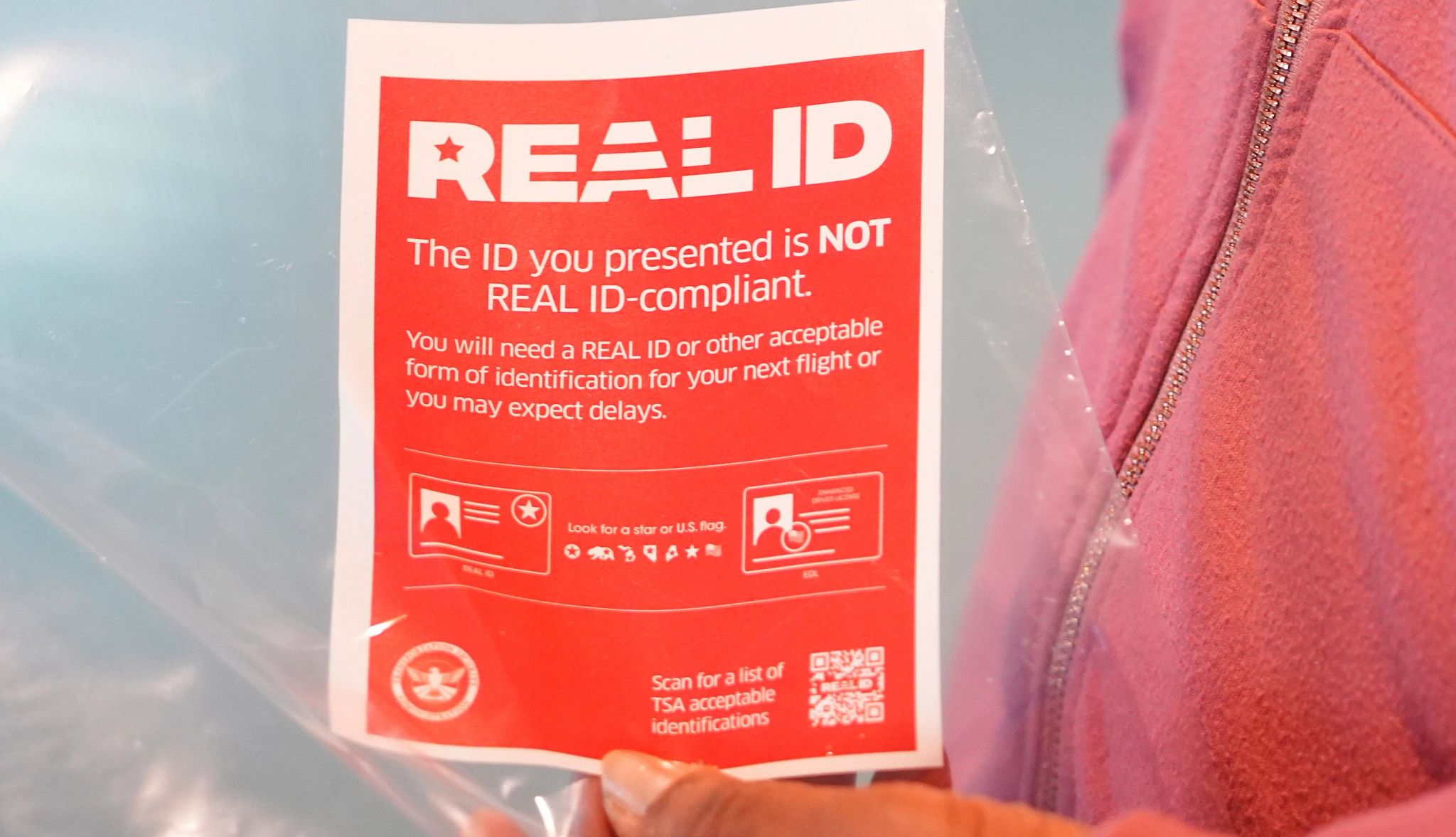AARP Hearing Center
Acute ankle sprains are the most common lower-limb injury in sports, but you don’t have to be a pro athlete to get one — an awkward step off a curb or changing direction too abruptly during a casual game of pickleball can result in a searing jolt of pain in your lower leg.
That twist to your ankle can put too much stress on a ligament, resulting in a sprain, according to sports medicine expert Jamil Neme, M.D., an assistant professor at the Saint Louis University School of Medicine. “When you turn your ankle in, there’s so much force that it tears one of the ligaments on the outside,” Neme says.
It’s easy to think of a sprained ankle as a minor inconvenience. But health care practitioners who treat this type of injury say that a sprained ankle can put someone at greater likelihood of reinjuring the ankle and that this could lead to chronic instability that makes daily activities difficult or makes the individual shy away from enjoyable pastimes.
While you can’t totally protect yourself from an ankle sprain, experts say that a good exercise regimen that builds strength, flexibility and balance, coupled with commonsense moderation in activities, can reduce the risk of injury.
What causes a sprain?
Sedentary adults are at risk of ankle injuries from tripping over a carpet or some other obstruction at home. Also vulnerable are people who overdo it as they try to increase their fitness. Because they’re not quite ready for what they’re trying to do, they are prone to injuries, Neme says.
Ankle sprains vary in severity, from mild stretching and microscopic tearing of ligaments to complete ruptures, which cause moderate to severe joint instability. As a 2021 article from the National Library of Medicine details, about 40 percent of ankle sprains lead to chronic pain and other symptoms that can persist for a year or more. Worse yet, among people who suffer acute sprains, 1 in 5 develop chronic ankle instability.




































































